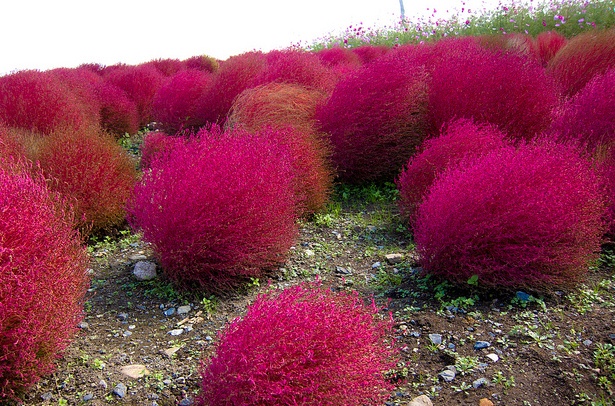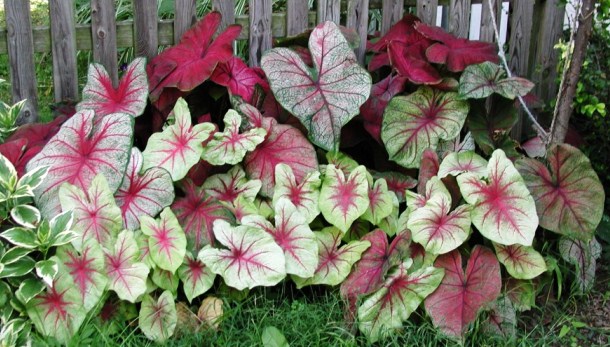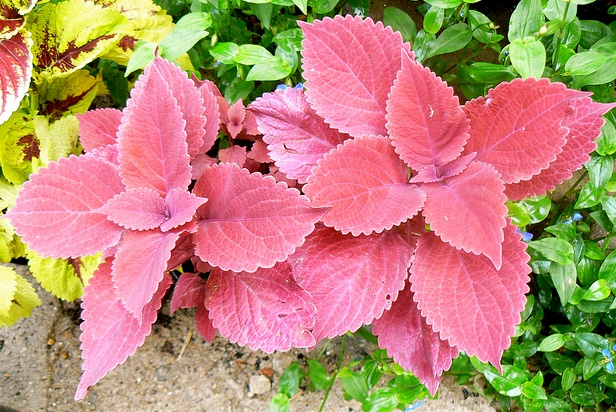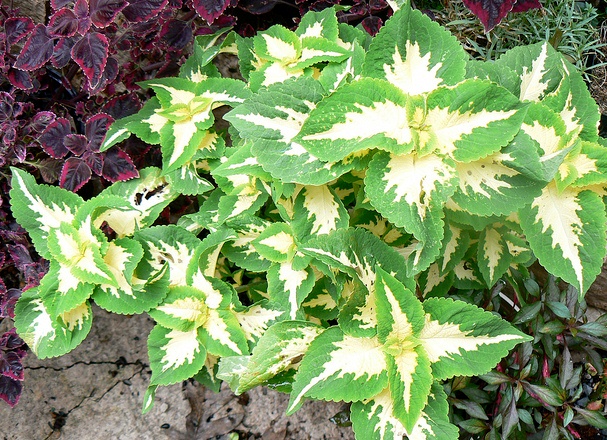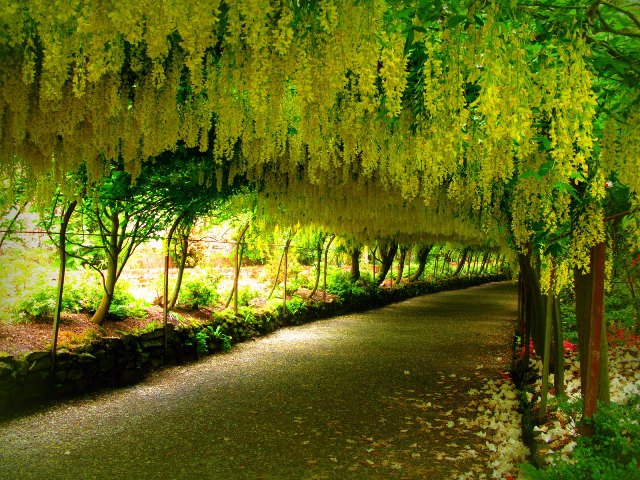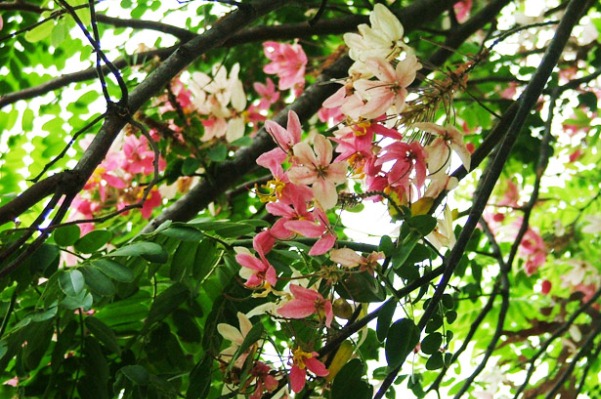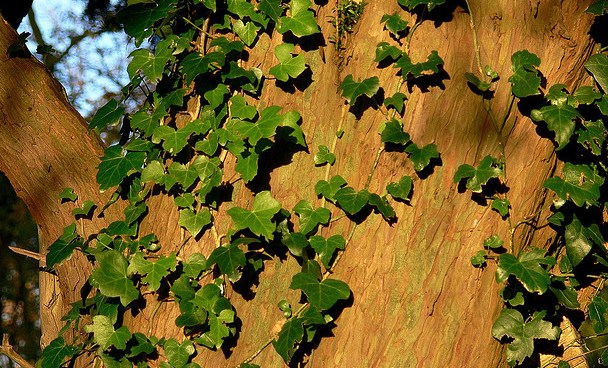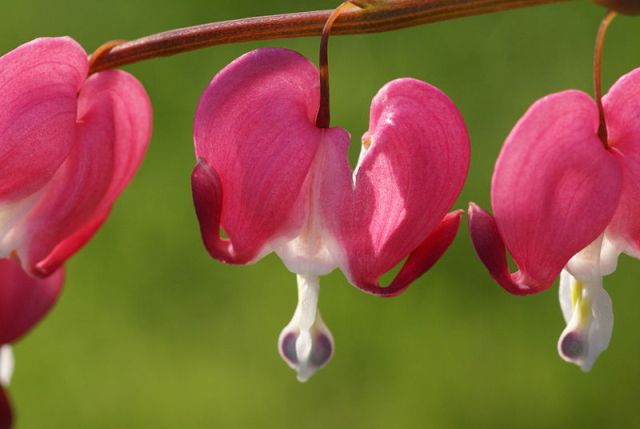Lovely Flowering Plant for Rock Gardens: Gaura Lindheimeri
Gaura commonly known as Beeblossom is a genus of annuals and perennials from North America where it grows natively as summer bloomer. These hardy and drought tolerant plants produce long and delicate spikes of conspicuous flowers. The most popular species of the genus is Gaura Lindheimeri which is grown commercially as popular garden plant. Suitable for borders or as background filler in landscape, Gaura Lindheimeri grows into dense clusters and bears ornamental flowers from midsummer till early fall. Flowers are white with a touch of pink and appear in frequent sprays.
Gaura Lindheimeri is a good choice for xeriscaping or rock gardens because of its capacity to withstand drought.
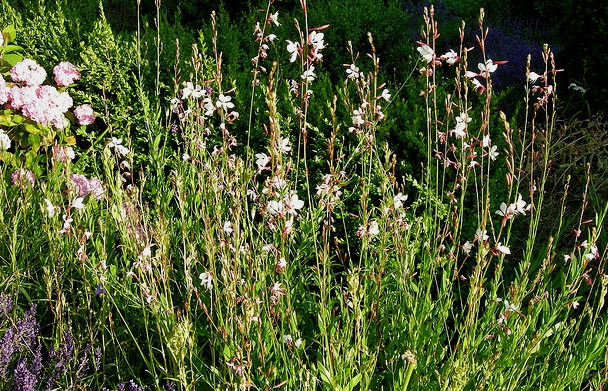
Gaura Lindheimeri, Image by Søren Holt
How to Grow Gaura Lindheimeri
Gaura Lindheimeri performs good at both sunny or partial shady garden locations. Being a hardy plant, it requires moderate watering but protection from strong winds. Propagation is easy from divisions.
